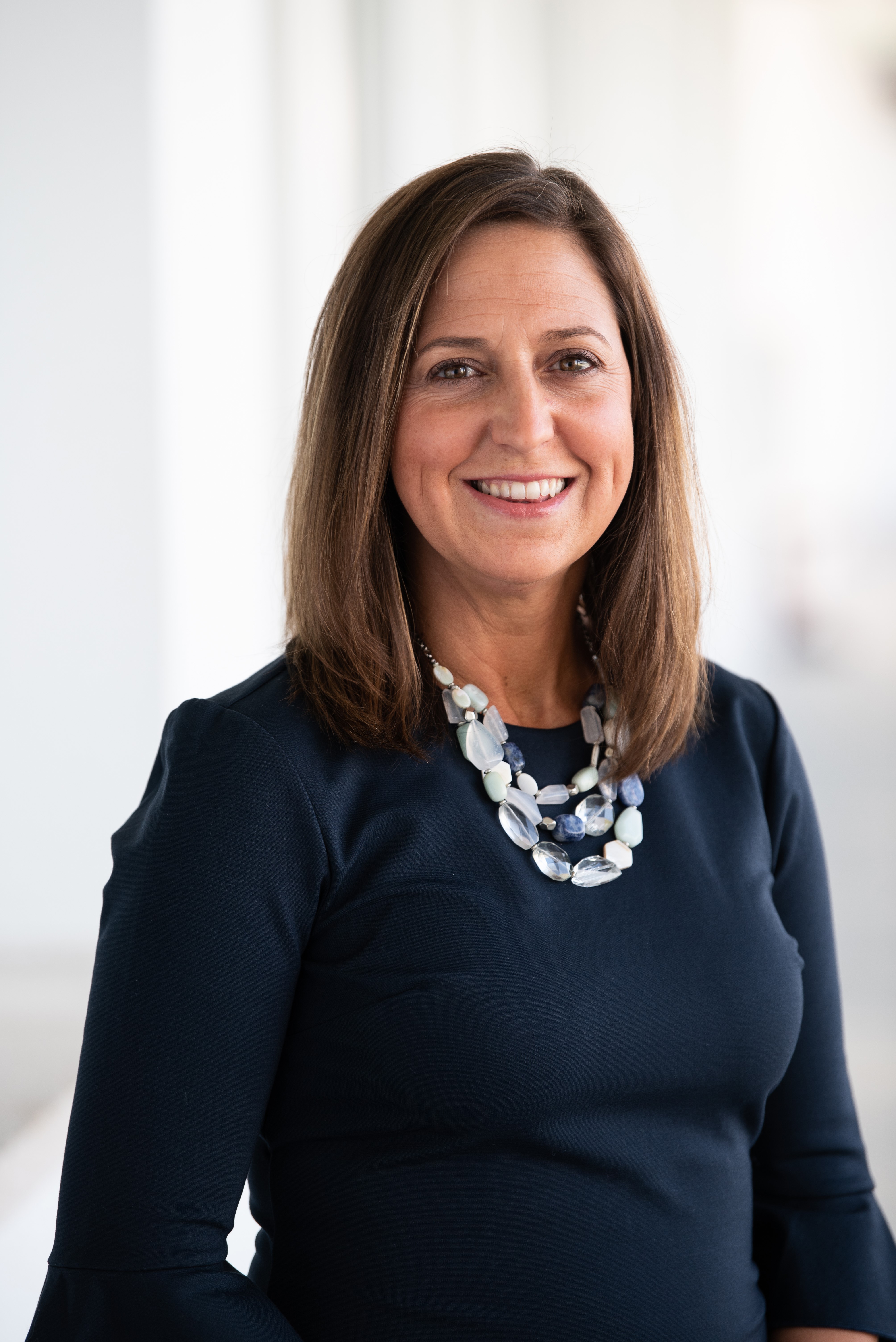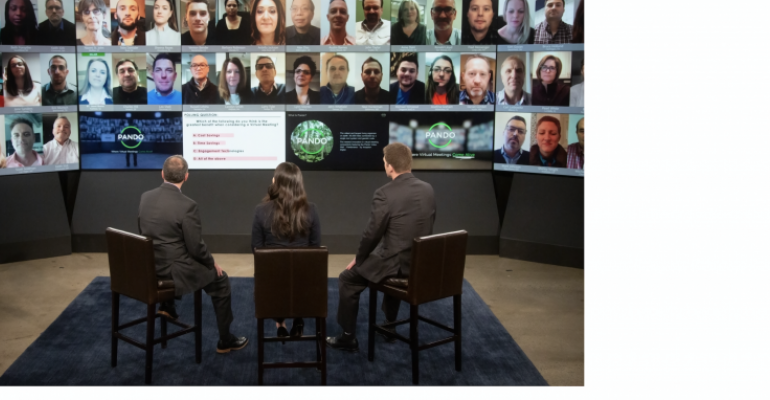Right now, many companies are scrambling to figure out the best ways to use technology to bring their people together not just for education but for meaningful interaction as well. However, some firms began exploring the possibilities of interactive virtual events well before the coronavirus pandemic set the business world on its head. And for at least one company, the results have been good enough that its executives are reconsidering how to balance virtual meetings with in-person meetings across their entire event portfolio.
That company, pharmaceutical maker Allergan, first held a virtual meeting in December 2018 as a replacement for one of its two annual in-person sales-training events. With the continuing education of about 2,000 sales reps under her purview, Karen Connolly, formerly Allergan’s associate vice president of learning and development, actually used two virtual-meeting platforms—Pando and Skype—to produce the general sessions and small-group breakouts across a revised meeting agenda of two six-hour days and a two-hour final day. The virtual event replaced a three-day in-person meeting while also eliminating two days of travel for those reps plus 250 sales managers and 25 top executives.
The Virtual Blueprint
Through Pando, Allergan broadcasted two-hour general sessions in mid-morning and mid-afternoon each day that resemble television news programs but with the ability for full-audience interactivity. Most of Allergan’s presenters were together in a production studio, but the system can also bring in speakers from remote locations to appear together on screen. Reps were able to engage with a Q&A in real time, appearing on screen as well to present their questions or comments. Another Pando feature used by Allergan allows up to 60 virtual attendees at a time to appear on a “video wall” that studio presenters face and from which attendees get frequently changing views; the 60 participants can be switched up for each general session.
Further, the system monitors audience engagement by reporting how many attendees have opened another web browser, which informed Connolly on structuring the remaining presentations on the agenda. “It made us better organizers of content,” she says. “If people are losing interest after 15 or 20 minutes, then we know we need to modify our delivery to engage the audience: Send out a polling question or ask a question that will start an open-forum discussion. The engagement data even helps us with content delivery at our in-person meetings—our presentations are shorter than they used to be. Any drop-off in engagement is not the attendees’ fault; it’s ours.”
 Between the two general sessions each day was a two-hour window where groups of up to 10 people met in breakout sessions where everyone appeared on screen. (Allergan used Skype for its initial virtual event, then Adobe Connect for its 2019 event; Pando will soon debut its own breakout feature called Branches.) “The midday breakouts are for having deeper discussions, sharing ideas and experiences, and role-playing,” says Connolly (pictured here). “One rep plays the doctor, another plays the patient, and the rest of the team observes and weighs in. Then we switch it up so everyone plays a role.” Executives could join and exit breakouts as they chose, gaining a broad perspective that they shared during the afternoon general session.
Between the two general sessions each day was a two-hour window where groups of up to 10 people met in breakout sessions where everyone appeared on screen. (Allergan used Skype for its initial virtual event, then Adobe Connect for its 2019 event; Pando will soon debut its own breakout feature called Branches.) “The midday breakouts are for having deeper discussions, sharing ideas and experiences, and role-playing,” says Connolly (pictured here). “One rep plays the doctor, another plays the patient, and the rest of the team observes and weighs in. Then we switch it up so everyone plays a role.” Executives could join and exit breakouts as they chose, gaining a broad perspective that they shared during the afternoon general session.
After two days of online meetings, Allergan let reps get back to their sales duties for a few days before holding the final virtual event: The announcement of President’s Club qualifiers. “That typically closes the in-person meeting, so it was a big leap of faith for us to do it differently because it’s one of the most important days of the year for the sales team,” Connolly says. “We wanted to make the celebration about the people and their sales accomplishment.” The way to do that: Let reps’ families be part of the event, sitting alongside qualifiers as they were recognized.
To create an energetic and celebratory atmosphere, Allergan partnered with production firm Altered Image to turn the host studio into a party room with palm trees, sophisticated lighting, and highboy tables where executives sat with appetizers and soft drinks and were conversational with the remote audience. Reps could join the event from home or gather in groups at a rep’s home or a restaurant along with their families and be visible on the virtual platform’s video wall. And when each qualifier was announced, the entire virtual audience witnessed the reaction of those at the rep’s location, while a reporter interviewed the rep and his or her family. “Basically, what everyone was seeing on screen were parties from many locations—lots of hugs and celebrations,” Connolly says. “Salespeople love to get recognized, and we made a show of it in a way we couldn’t do at the in-person meeting. They were very appreciative that their families could be part of it.”
Similarly, attendee feedback for the business portions of Allergan’s debut virtual meeting was “very positive. People felt that it showed appreciation for their time and for balance in their life. But they still do want to meet each other and connect more deeply, which is why we continue to hold the second sales meeting in person each year.”
Because 2020 has proven to be a truly unique moment, however, Allergan is planning to hold both of its sales meetings in the virtual realm this year. “It’s very likely we’ll use Pando, as it has utility for us given many considerations, including maximizing customer-facing interactions and making personal connections across teams.”
With the cost of these virtual events about one-quarter the cost of the in-person meetings, Connolly hopes to use the money saved “to have more total meetings; roll it into more continuous learning that did not exist before so that reps get more development. We’ll also look at other technologies that can supplement our virtual training efforts, and coordinate with other internal stakeholders to share savings from using tech platforms.”





